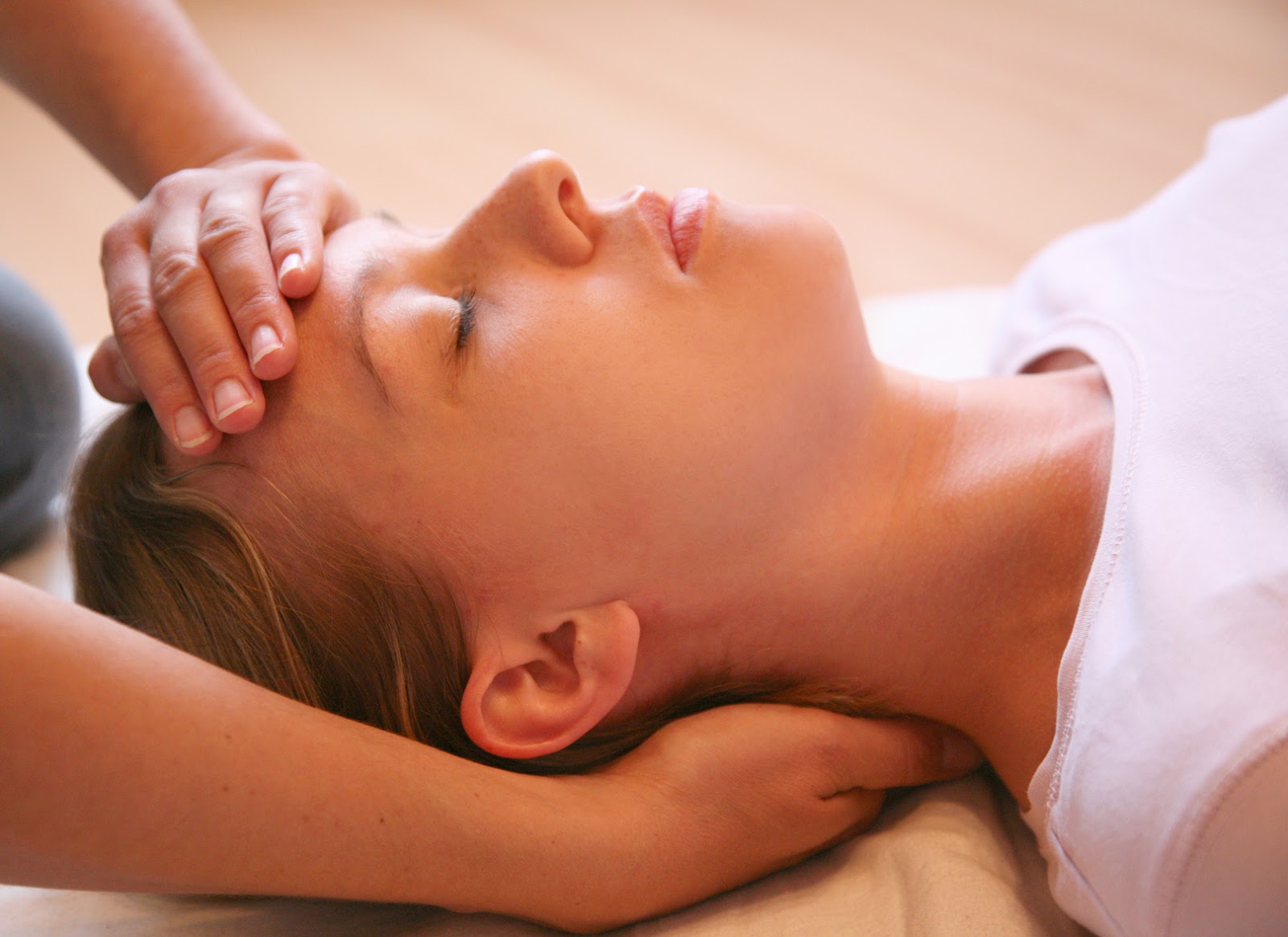Craniosacral Therapy

 I have had more people asking me about Craniosacral Therapy lately so here is a copy of our latest blog post at the office. Craniosacral Therapy is a little interesting to explain, as its so subtle – it’s effectiveness as a therapy though, is evident in its rapid rise in popularity, over a short period of time.
I have had more people asking me about Craniosacral Therapy lately so here is a copy of our latest blog post at the office. Craniosacral Therapy is a little interesting to explain, as its so subtle – it’s effectiveness as a therapy though, is evident in its rapid rise in popularity, over a short period of time.
“Whether you are a veteran in the holistic health field or just beginning your journey in natural health practices, Craniosacral Therapy (CST) is a treatment you won’t want to pass up. Deeply relaxing, gentle, and non-invasive, this therapy is versatile, effective, and widely used by many types of practitioners.
Craniosacral Therapy has roots as far back as the 1930s, when the “grandfather of cranial osteopathy”, William Sutherland, discovered that the skull bones can shift. This idea was met with much skepticism and still is not widely accepted even today. Sutherland paved the way for the major discovery of why the skull bones move, with the research of Dr. John Upledger in 1975. Upledger’s discovery catapulted the cranial rhythm into discussion and led to the founding of CST as an established form of therapy.
Essentially, Craniosacral treatment aims to treat the “pulses” of cerebrospinal fluid that flow through the entire craniosacral system, from the skull bones to the sacrum. This rhythm cycles between 6-10 times a minute. “There has to be an optimal circulation, which depends on constant mobility,” Upledger explains. If the membranes and fluids lose their ability to flow freely within the craniosacral system, we begin to feel pain and our symptoms start showing. On a physical level, Craniosacral Therapy treats this lack of flow within the system by gentle manipulation of the bones. Emotionally, CST can help treat depression, anxiety, and a variety of behavioral disorders in children.
Dr. Roberts has been a Craniosacral practitioner for over 25 years. She is very passionate about this therapy and is eager to promote the benefits to patients. Much of the work is done cradling the patient’s head between the therapist’s hands. The touch is light, about the weight of a nickel. Although it is gentle, many patients find powerful, long-lasting and cumulative benefits from the Craniosacral Therapy, and, because there are very few contraindications, this form of treatment has a wide number of applications.”
What benefits have you experienced with Craniosacral Therapy? Those who haven’t experienced it would love to know. If you have further questions – send me a message.